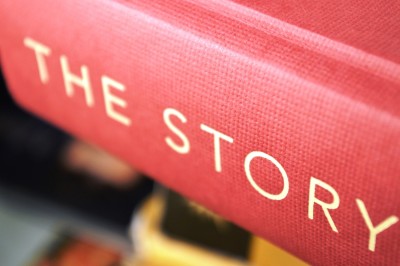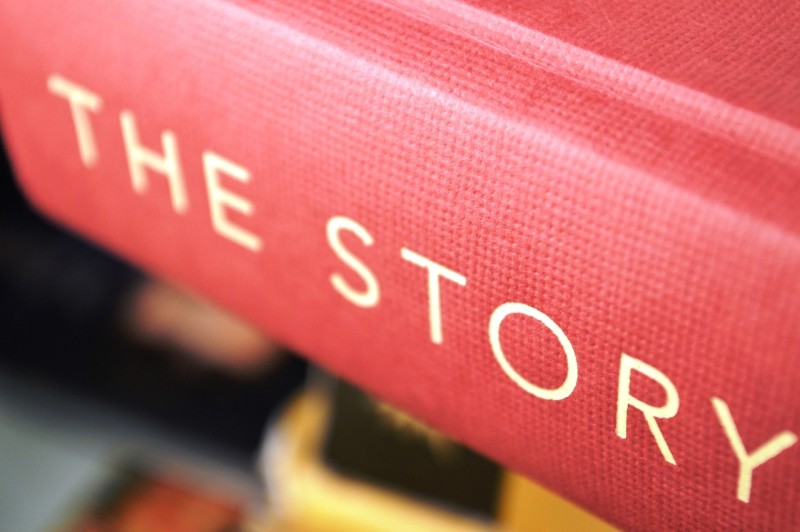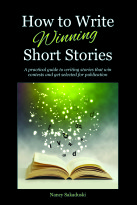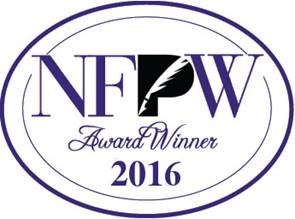10 Tips for Writing Good Short Stories

Short stories may seem like just shorter versions of novels, but there are distinct differences that writers should understand before they begin to craft a short story.
Here are some pointers for writing good short stories:
Learn the genre
- Read short stories — (general short stories and stories in specific genres such as mystery, romance, etc.).
- Read writers known for their great short stories (Stephen King, O. Henry, John Updike, F. Scott Fitzgerald, Alice Munro, and many others).
- Examine, analyze, and compare the stories. What makes them good?
Select a point of view (generally limit to one)
- 1st person (“I”— Author is telling story): “As I stood on the course, mallet in hand and enjoying the smell of cut grass and the flickering of the fireflies, I began to reconsider whether or not cocktail croquet was indeed ‘a tradition.’” (from “Cocktail Croquet” by Rich Barnett).
- 2nd person (“You” — Story focuses on the reader): “You wish that you’d kept that Keurig coffeemaker you got as a wedding present, but since it came from Josh’s sister, it seemed only right to give it back. No wedding, no Keurig. But after consuming so much alcohol last night, you’re desperate for caffeine to lighten the pounding headache.” (from “Why You Trashed Vera Wang” by Nancy Sherman).
- 3rd person (“He/She/They”— Narrator tells story): “She slid the backing off and carefully removed the photo. An inscription on the back identified the young woman: ‘Gladys, 22 Aug. 1929, Beach House.’” (from “The Attic” by Bob Ackerman).
Determine the time frame (limit)
- You don’t have time to span centuries.
- You don’t have to work in real time.
- Focus on one or a few points in time (skip ahead, flashback, epilogue).
Choose characters
- Limit the number of characters (usually 1-3).
- Avoid stereotypes (stuffy librarian) and counter-stereotypes (female plumber).
- Develop characters through actions and dialogue.
Tell a Story
- A wandering narrative is not a story—something should happen!
- Conflict & resolution (avoid “magic solution”— it was all a dream!).
- Don’t overstuff the plot.
- Think about what makes a good story: captivating beginning, interesting characters, intriguing events, setbacks and successes, satisfying ending.
Dialogue: show don’t tell
- There’s no room in a short story for explanatory lectures. Convey information (location, weather, characters’ appearances) in short, vivid bursts rather than long, adjective-packed narratives. Use actions (“He stamped the floor to shake the snow off his large, half-frozen feet.”).
- Avoid the “info dump.” (“That syringe looks like it contains Byetta, a medication for diabetes that was originally derived from a compound found in the saliva of the Gila monster.”)
- Convey setting in dialogue but be careful with dialect and accents (unless you’re Mark Twain, and even he got into trouble).
Choose the right words
- Keep it lean—every word should work; every sentence should be vital.
- Active vs. passive voice (“She socked him in the face” vs. “His face was hit by her fist”).
- Minimize adverbs and adjectives by choosing verbs and nouns carefully (Instead of “He quickly pushed the long, thin, pointed metal stick into the large cube of marinated lamb” say “He skewered the kebob.”).
Determine the story line/progression
- Linear (chronological progression, easy to follow).
- Flashback/flash forward (often used in books & movies—can add interest and also confusion).
- Beginnings & endings (clear starting point and resolution).
Pick a good title
- A line of dialogue
- An element of mystery
- Don’t be too literal.
- Borrowed interest (line from a poem, Shakespeare, song, etc.)
- Wait until the work is completed and the title may emerge on its own.
When you think you’re finished:
- Off with their heads! When you think you are finished with the story, try deleting or moving the first paragraph (or more) so that the piece starts “in media res” (in the midst of things). Opening in the middle of the action hooks the reader and gets the story off to a great start.
- Add a reference to the beginning at the end of the story.
- See if there are some things you can keep from the reader to create surprise.
- Look for places to add humor (a funny word, awkward situation, character quirk).
- Check your facts.
- Make sure you haven’t created a legal problem (real people, places, brand names, plagiarized content).
- Check for bloated writing (look for the simplest, cleanest way to say what you mean).
- Edit, edit, edit! Edit until any more editing will make the story worse, not better.
Quotations used for examples are from The Beach House, Cat & Mouse Press, 2013.








